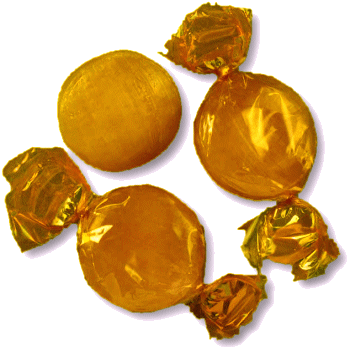




WELCOME TO An Entertainment Site for Scottish Country Dancers - Enjoy the curated selection of theme-related dances for celebrations and holidays, or find a dance associated with a special calendar day, or EVEN your own birthday!
St. Dunstan's Day
May 19
Other Scottish Country Dances for this Day
Today's Musings, History & Folklore
"Keeping time, time, time,
In a sort of Runic rhyme,
To the tintinnabulation that so musically wells
From the bells, bells, bells, bells,
Bells, bells, bells—
From the jingling and the tinkling of the bells."
~ The Bells, Edgar Allan Poe (1809-1849)
Today, May 19th, is the feast day of St. Dunstan—the patron saint of bell ringers! In his honor, we celebrate campanology, the art of change ringing: a fascinating and intricate practice involving the rhythmic ringing of tuned bells in ever-shifting sequences. This very fun and whimsical jig was created for a dancer who is not only a devoted bell ringer—truly “hooked” on bells—but also an enthusiastic crocheter, making the title a playful double entendre. The slip-knot figure in the dance cleverly mirrors the stitches in her ongoing crochet projects!
Change ringing as we know it began in the 17th century, when English bell ringers developed full-circle tower bell ringing. By swinging the bells through wide arcs, they could precisely control the interval between strikes, allowing them to vary the order of the bells and create different sequences—known as “changes.” Some patterns became well known and were given fanciful names: Rounds, Reverse Rounds, Queens (a favorite of Elizabeth I), Tittums (named for its lilting ti-tum ti-tum rhythm), and Weasels (inspired by “Pop Goes the Weasel”).
Change ringing even found its way into literature—most famously in Dorothy L. Sayers' 1934 detective novel The Nine Tailors, where the mystery hinges on the resonant, echoing world of bells.
Clang! Clang! 🔔 🔔 🔔 🔔 🧶 ⛪
Hooked on Bells
Clang! Clang!
For May 19, St. Dunstan's Day, the patron saint of bell ringers, we have "Hooked on Bells."
Devised by Irene Paterson (with music composed by Calum MacKinnon) for Rachel Pusey, one of The Red Thistle Dancers, this dance illustrates the movement and motion of ringing bells as well as a crochet motify with "hook" figures, to reflect some of the dance recipient's special pasttimes, crochet and change ringing.
For the dance cribs and avideo performance of this dance by RSCDS Seattle, complete with "oohs" and "ahs" from the audience at the bell-ringing figure, click the bells!
And for a wonderful timeline and video describing the patterning and mathematics of the art of change ringing, in which a band of ringers plays long sequences of permutations on a set of peal bells, click here.
Click the engraving below of "The Six Bell Ringers" (1788) to learn even more about the art, science and history of campanology.
Illustration: Clavis Campanalogia, or, A Key to the Art of Ringing, by William Jones, John Reeves & Thomas Blakemore. London: Printed by William Browne & John Warren, 1788.
This engraving is pasted into the front cover of the Athenaeum’s copy of Clavis Campanalogia and depicts six bell ringers engaged in the popular recreation of change ringing. Originally a pasttime invented by youths, it was to become a social craze in seventeenth-century England.
Or for more on bell folklore, click here.
Click the dance cribs or description below to link to a printable version of the dance!



